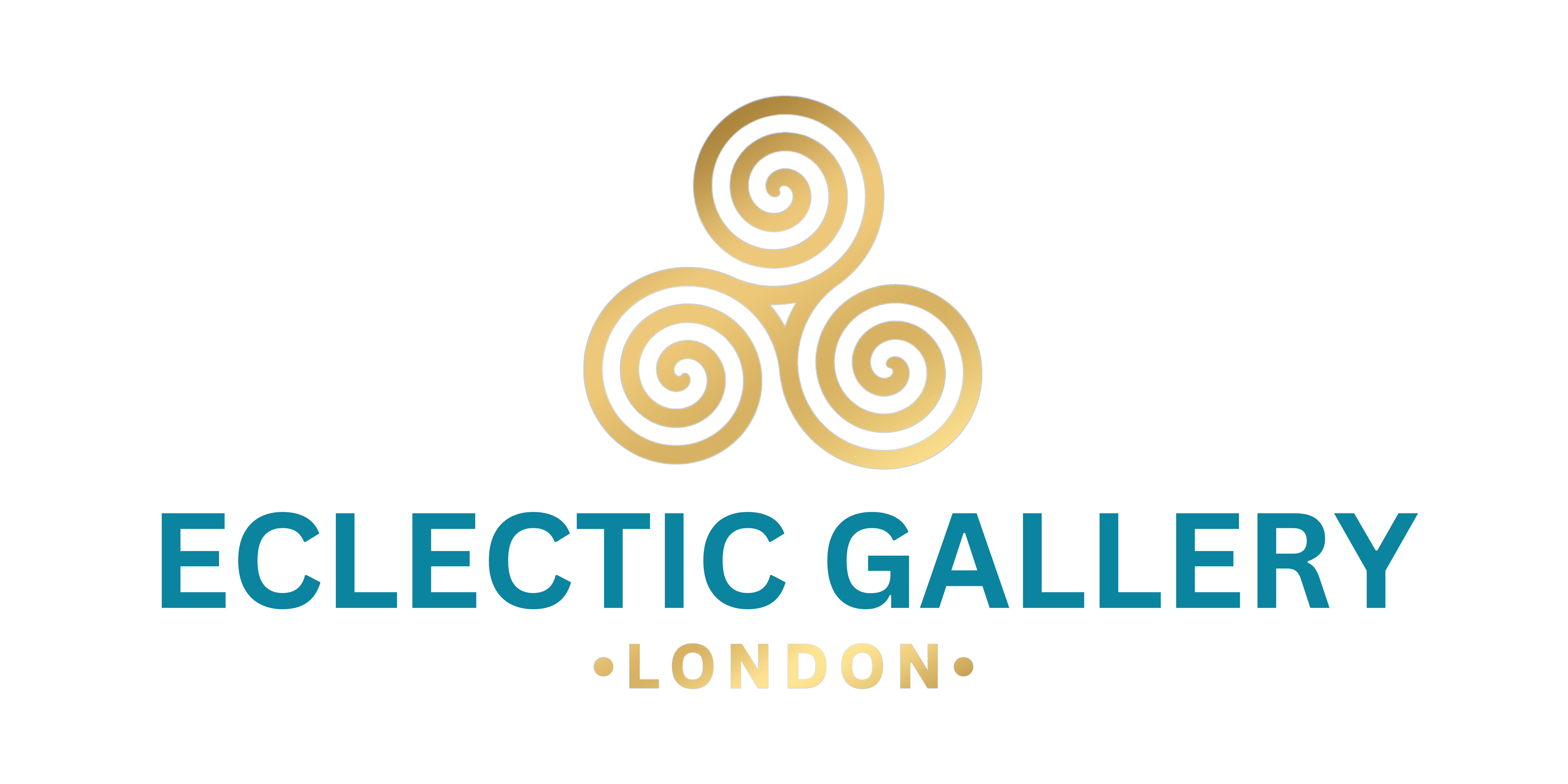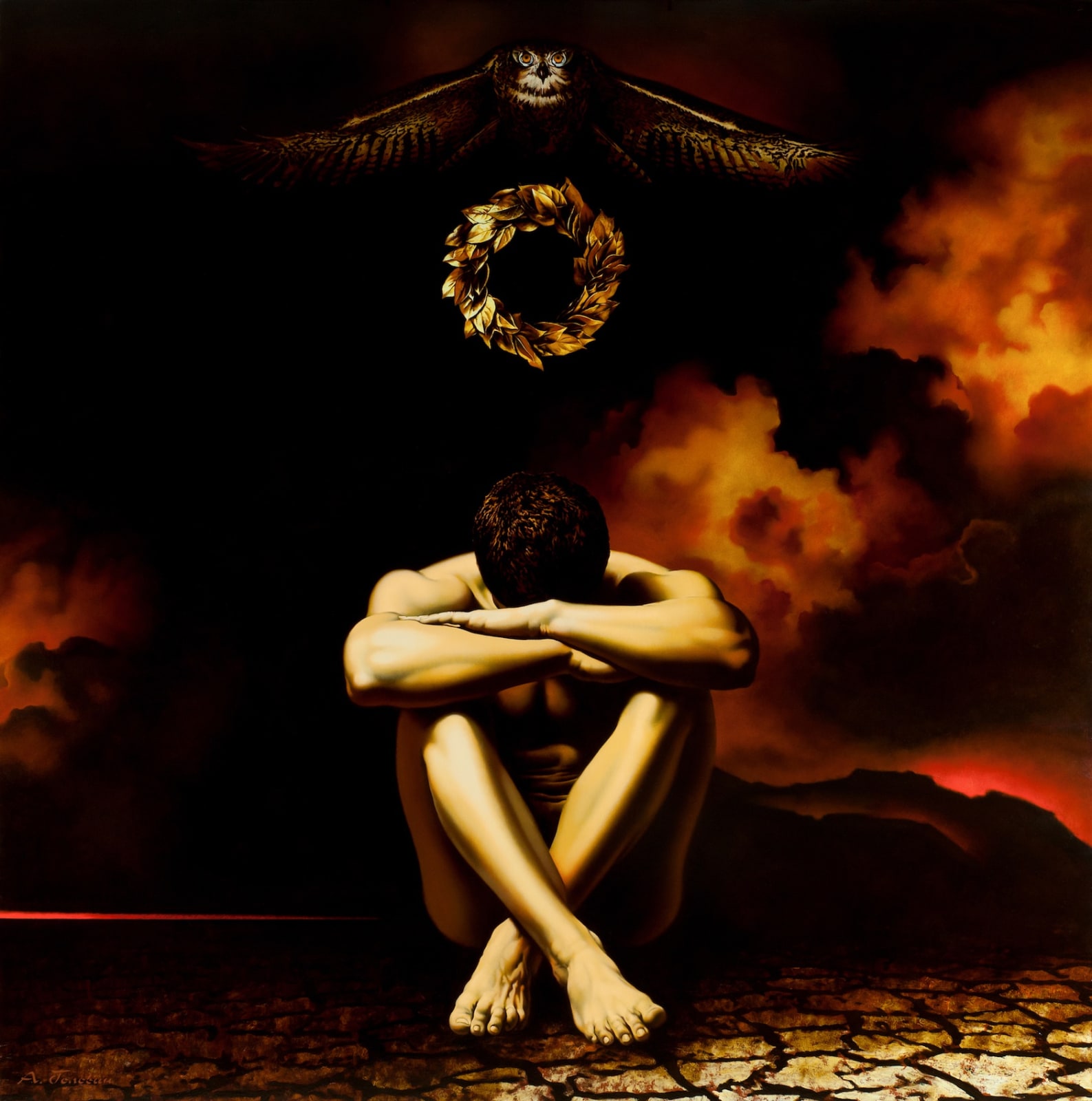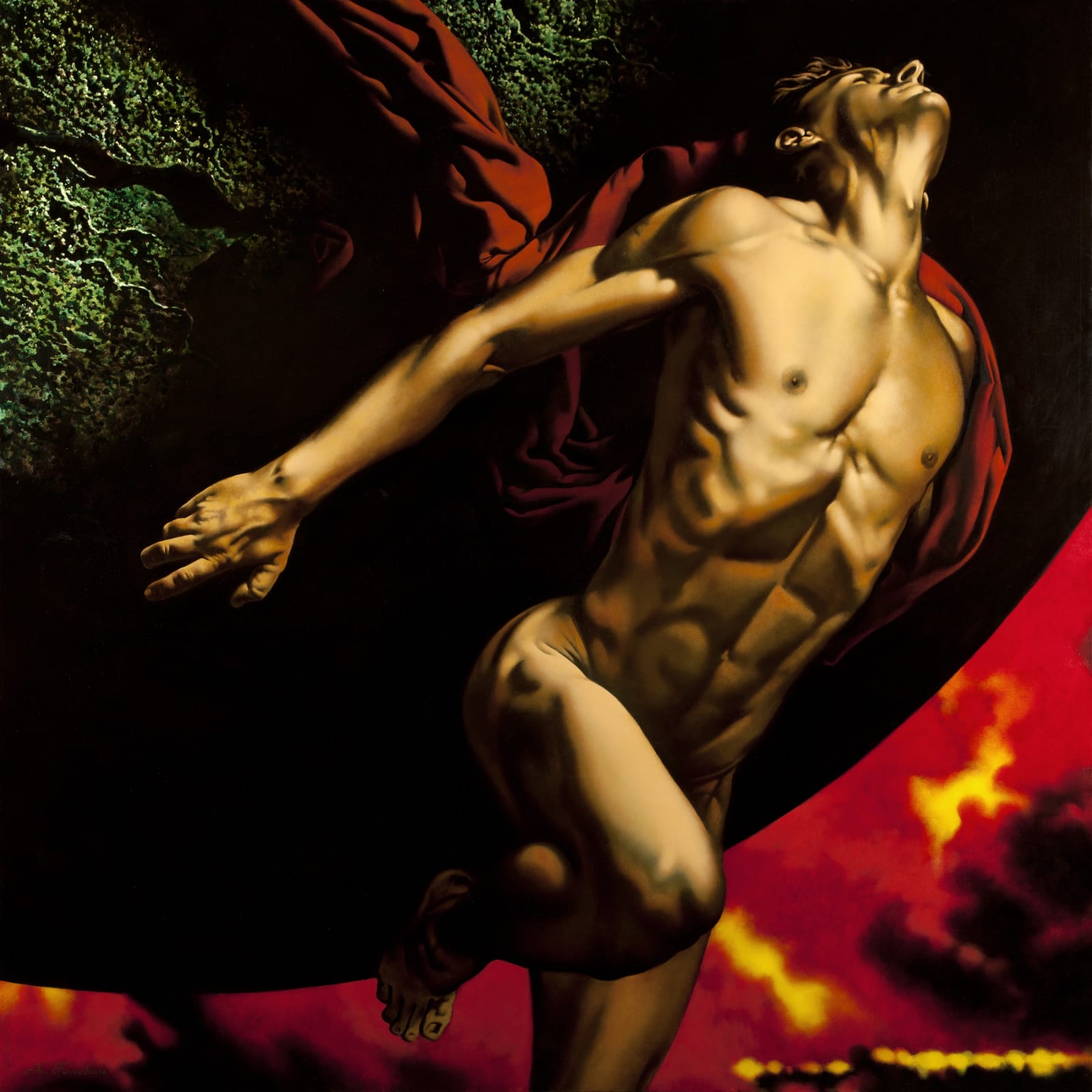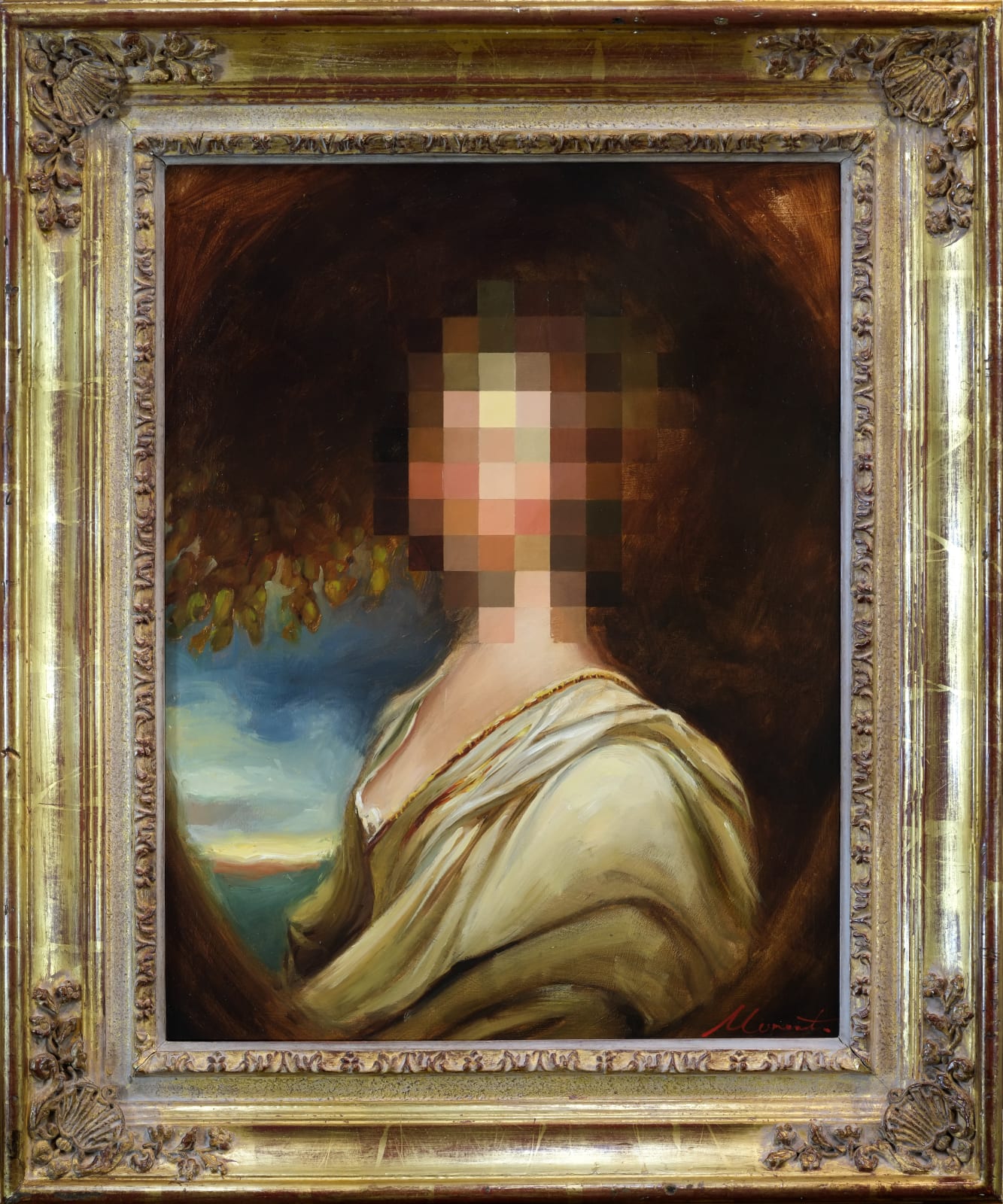In the ever-evolving world of art, where contemporary trends often dominate the scene, there's an enduring fascination with the classical styles of the Renaissance and Baroque eras. These historical periods have left an indelible mark on the art world, and their influence continues to shape the work of contemporary artists represented by Eclectic Gallery.
Before we delve into the contemporary realm, it's essential to recognize the similarities that bind the Renaissance and Baroque art movements. Both periods celebrated a mastery of technique, an acute understanding of light and shadow, and a devotion to conveying emotional depth through visual storytelling. These fundamental qualities form the bedrock upon which modern artists build their own interpretations.
Artists like Dairo Vargas, Alexey Golovin, Johnny Morant, and Sofia Fotiadou skillfully fuse the classical design elements of the Renaissance and Baroque periods with contemporary sensibilities.
Dairo Vargas employs fluid brush strokes to not only convey the psychological state of his subjects but also to pay homage to the old masters' compositions. In his work, one can discern the echoing whispers of Renaissance and Baroque artistry, transformed into a modern-day visual language.
Alexey Golovin takes a different path, creating photorealistic nude paintings that reinterpret Greek mythologies. Through traditional techniques reminiscent of the Renaissance and Baroque, Golovin breathes life into ancient narratives, offering viewers a glimpse into the mythological world while embracing the classic style.
Johnny Morant's approach involves direct renditions of old masters, yet he boldly incorporates pixelation—a nod to the digital age and the constraints of censorship in our modern world. This fusion of the classical and the digital results in compositions that provoke contemplation.
Sofia Fotiadou, in her Renaissance-inspired portraits, intentionally distorts faces by replacing them with eyes. This deliberate choice challenges societal beauty standards and invites viewers to craft their own narratives. Her approach seamlessly bridges the gap between tradition and contemporary discourse.
The Renaissance, often regarded as the golden age of art, is characterized by its emphasis on humanism, the use of linear perspective, and the development of naturalism. Artists of the time, such as Leonardo da Vinci and Michelangelo, strove for anatomical precision and a deep understanding of the human form. This era witnessed the birth of iconic masterpieces like the Mona Lisa and the Sistine Chapel ceiling.
The enduring allure of Renaissance art lies in its ability to transcend time and culture. The works of Renaissance artists continue to captivate audiences worldwide, drawing them into the complex interplay of light and shadow, the nuanced expressions of subjects, and the deep emotional resonance.
The influence of Renaissance and Baroque art on contemporary creators is undeniable. It's a testament to the timelessness of these styles that artists like Dairo Vargas, Alexey Golovin, Johnny Morant, and Sofia Fotiadou draw inspiration from them. They infuse classical techniques with modern sensibilities, forging a compelling bridge between centuries.
The Renaissance's humanistic ideals, intellectual curiosity, and pursuit of perfection are echoed in today's artistry. It's the pursuit of authenticity and the mastery of craftsmanship that connect artists across time.
Baroque's dramatic intensity, its grandeur, and the sheer emotional force that emanate from its works continue to captivate audiences. This dynamic energy and emotional depth find new life in the creations of contemporary artists.
What sets artists like Dairo Vargas, Alexey Golovin, Johnny Morant, and Sofia Fotiadou apart is their ability to breathe fresh life into the classical. They reimagine, reinterpret, and reinvent, making these age-old styles not just relevant but compelling in today's context.
In conclusion, in the world of art, the past is never truly behind us; it continues to inform and inspire our creative present. Artists like Dairo Vargas, Alexey Golovin, Johnny Morant, and Sofia Fotiadou beautifully illustrate this point. Their ability to blend classical with modern, to evoke the timeless emotions of Renaissance and Baroque art while engaging with contemporary discourse, is a testament to the enduring power of artistic heritage.
As we explore their work and the broader connection to the classics, we discover a world where classic artistry meets modern sensibilities, leaving us with a profound appreciation for both the past and the present.










